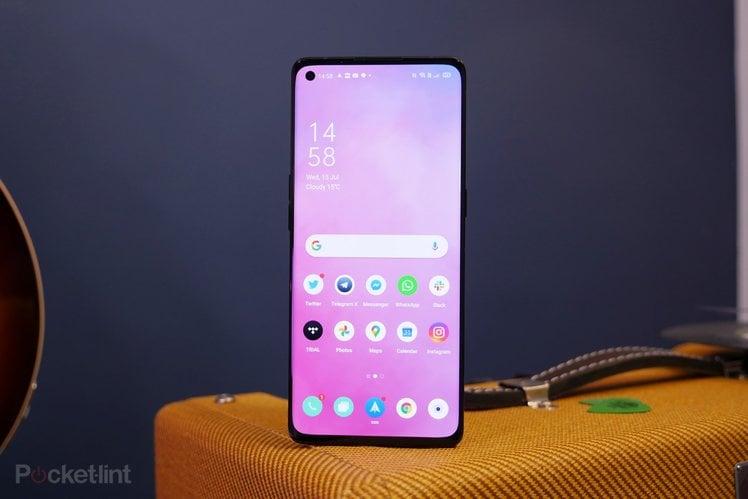
The year 2020 is turning out to be a pivotal one for more than one reason, but in the world of smartphones it seems to be the year that so-called mid-range phones became the new flagships. With ultra-premium phones getting really big, really powerful – and really expensive! – there’s a clear space for good-enough phones that don’t cost anywhere near as much.
For Oppo, that means launching a version of its Find X2 series phone with slightly less eye-watering specifications. For the tech fan with an eye for spec, it might not look all that impressive at first glance. But we think this is the Find X2 phone to buy. It’s the complete package in unassuming skin.
Flagship Style
- Dimensions: 159.4 x 72.4 x 7.7mm / Weight: 171g
- Glass and metal design
- Finishes: Blue or black
One of the things we noticed first about the Find X2 Neo was how much more we like the design compared to some of the bigger, more powerful devices out there. Compared to its big sibling, the Find X2 Pro, the Neo is noticeably slimmer, narrower, shorter and – vitally – lighter. The camera protrusion on the back is far less pronounced too.
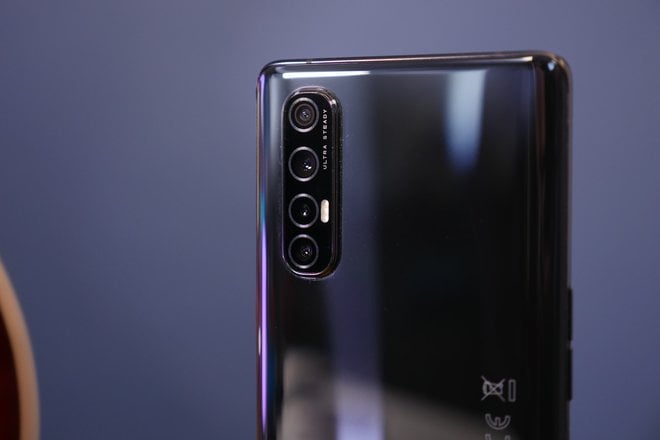
All of that means it’s just far more comfortable to hold in one hand. The curves in the glass that round towards the metal edges enhance that thin feeling. All combined, that makes a phone that isn’t a chore to pick up and use, or carry around in your skinny chinos pocket. It’s not fatiguing in the slightest.
From a looks perspective, there’s a lot to like: from the matte black metal framing around the phone, to the completely flat top and bottom edges. It gives a classy, minimalist look, as does the glossy black finish on the rear. And while the quad-camera housing design looks a bit too pronounced on the Pro model, the Neo feels understated and restrained. It’s perhaps not a hugely unique design, but it’s sensible and stylish.
Being a cheaper phone, of course, there are some compromises in design and quality, but those are really quite minimal and – we think – to most people won’t be all that important. For instance, where the curved glass meets the metal on the edge isn’t quite as seamless as it might be on a more premium phone – it just feels a tiny bit rougher. And the vibration motor when you type on the keyboard, or get a notification, has that buzzy and hollow feel to it – whereas more expensive devices use a much more natural and subtle haptic motor.
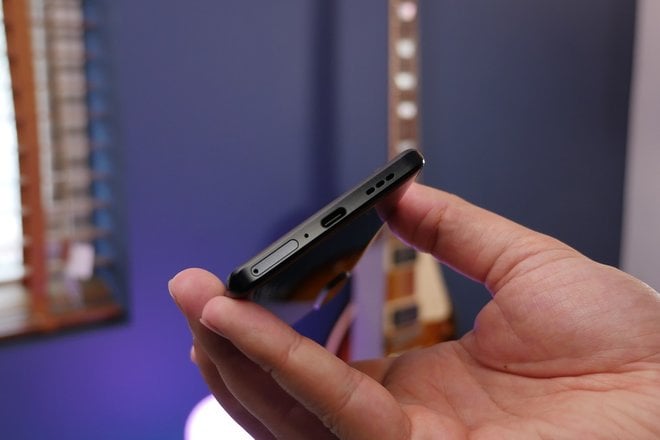
From the front, the Neo’s screen takes up nearly all of the available space. There’s a pleasing balance between the thickness of the edges, with the curves creating the illusion that the side bezels are almost non-existent. The ‘chin’ at the bottom is only slightly thicker than the top, and so the framing of the display overall is slim and obstruction-free. The only thing taking up screen space is the tiny hole-punch camera in the top corner, which is barely noticeable.
Fantastic Display
- 6.5-inch AMOLED panel, 20:9 aspect ratio
- 1080 x 2400 resolution (402ppi)
- 90Hz refresh rate
- Curved sides
From a display perspective, the Find X2 Neo ticks all the right boxes. It has a 6.4-inch AMOLED panel boasting a decent resolution and a 20:9 aspect ratio. That Full HD+ resolution over that scale means the pixels are closely packed together, creating a high density that’s more than enough to present sharp detail. It also boasts a peak brightness of 500 nits, which is plenty enough.
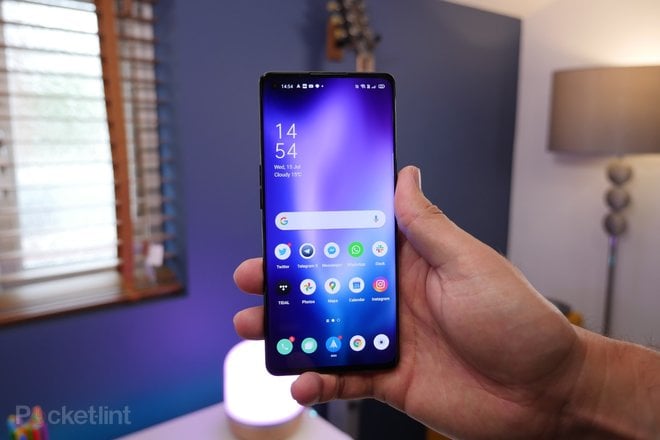
All these features combine to create a panel that’s actually great. Being OLED it means deep blacks and impressive contrast levels. Colours are vivid, dynamic range is impressive, and you don’t get any of that oversaturation that used to plague some older OLED screens. So whether you’re watching your favourite Netflix shows or gaming, the viewing experience is enjoyable.
As we mentioned already, the Neo’s display does have curves towards the edges, but those are quite shallow. Despite the fact that content does curve around them, it doesn’t ruin the viewing experience, and you don’t tend to get those overly bright lines or excessive distortion.
It’s in gaming where you see a slightly less-than-flagship graphic performance from the screen, but this is related to processing more than screen output. A few times we launched various games we’d see some roughness and artefacts appearing around the edges of objects – such as around the big ‘3′, ‘2′, ‘1′ countdown numbers on Asphalt 9. It seemed once the phone realised its processing resources should be used on playing that game, it sorted itself out and was sharp, colourful and responsive.
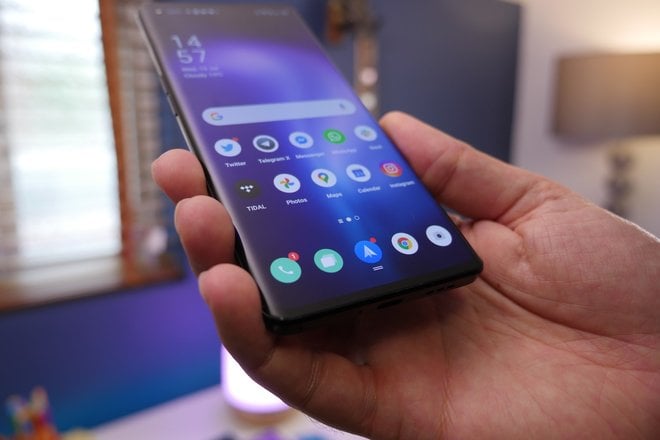
That responsiveness is a big draw for this phone too. The display has a 90Hz refresh rate, which means it can display up to 90 frames per second, so graphics are very smooth and fluid.
Performance & Battery
- Snapdragon 765G processor
- 12GB RAM/128GB storage
- 4,025mAh battery
- 30W VOOC 4.0 fast-charging
For many, what makes a phone a mid-range device is the processor that powers it. Especially in the world of Android phones. If it’s not a Snapdragon 800-series chip, it’s not a flagship. Despite the fact we’ve seen numerous phones over the years use different chipsets and be just as capable of getting you through the day without any major hiccups.
Inside the Find X2 Neo, you’ll find the processor that is fast becoming a manufacturer favourite: the Snapdragon 765G. It’s a set below the 865, but is equipped with 5G connectivity capabilities, and is still plenty fast enough.
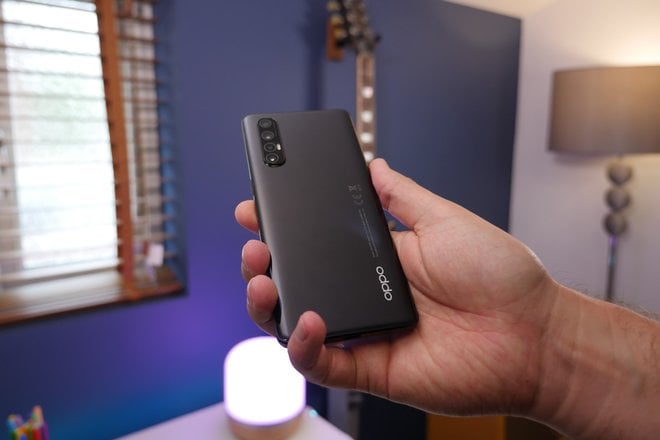
Launch any app on the Neo and it’ll load quickly. Touch gestures are immediately actioned thanks to that aforementioned fast refresh rate. When you’re scrolling through app menus, settings screen or switching between apps, it’s all done quickly without any real lag.
Wi-Fi performance is strong too. In areas where some other phones seem to struggle to keep a strong, consistent data connection, the Neo just carries on. We weren’t able to test the 5G connection, being in a non-5G area.
As for the battery life, that’s been consistently good during our testing. It wasn’t a mind-blowing, long-lasting experience, but certainly good enough to get us through busy days. On our typical day with plenty of emails, social media and the odd spot of gaming and video streaming, we got to the end of the day with somewhere near 30 per cent left over. On light days, it was approaching 40 per cent.
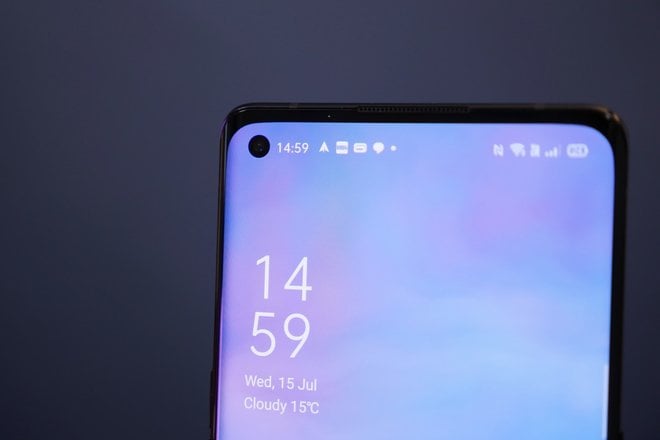
In modern-day terms, the 4,025mAh battery and its 30W wired charging aren’t the biggest or fastest around. But again, it’s plenty good enough. That 30W VOOC charging is the same as Oppo’s Warp Charge, and can easily get about 70 per cent of the battery refilled in half an hour. On days where you’ve forgotten to plug it in, that’s almost life-saving refill speed. It also means you don’t necessarily need to plug the phone in overnight – just do it in the morning while you’re getting ready for work.
A Note On Software
- ColorOS 7 skin over Google Android 10 operating system
Oppo’s ColorOS has undergone quite a significant change over the past few years. Its software is clean and fluid on the surface, and while there are some additional apps you might not use, the overall bloatware isn’t excessive. Oppo has its own apps for messaging and phone calls, plus all the other basic apps, but then doesn’t force you to have Google’s as well. So there aren’t any unnecessary duplicates.
There are some other additional apps, like the Relax app, which helps to just take you out of being in a mentally busy place and just focus on some relaxing sounds and animations for a while. It also has dedicated soundscapes to help you fall asleep at night.
Apart from that, there’s the game space which you can launch to stop notifications and other distractions while you’re gaming.
While old versions had frustrating elements, the current ColorOS is pretty much the same as using any other Android version. It might look slightly different, but there aren’t the same jarring elements there used to be.
Versatile camera
- Quad camera system
- 48MP primary f/1.7 26mm
- 13MP telephoto f/2.4 – 2x optical zoom
- 8MP ultrawide f/2.2 – 115 degree wide angle
- 2MP monochrome sensor
- 4K video at 30fps with EIS/OIS combination
- 32MP selfie camera
In the mid-range market, we’ve seen a number of smartphones launch with a quad camera system where two of those cameras are essentially useless. They’re additional sensors for data and don’t really do all that much. For the Find X2 Neo’s quad-camera system, that’s not the case. Well, mostly.
Three of those four cameras are useful and offer a versatile photography experience. There’s the primary camera with its 48-megapixel sensor, wide f/1.7 aperture and optical image stabilisation. Then there’s the telephoto camera which offers 2x optical and 5x hybrid zoom. And another camera for ultra-wide shots. The fourth sensor is just a 2-megapixel black and white sensor for additional data.
Switching between the cameras is as easy as just tapping the ‘1x’ button on the screen. The three cameras use different sensors and so the processing of colours isn’t completely consistent. The ultra-wide and zoom cameras’ results look a little less colour-rich than the primary sensor’s output, for example. But in good light there’s decent levels of detail, nice natural colours, and good control of highlights and shadows.
What’s more, the ultra-wide sensor doubles as a macro sensor, meaning you can get right up close to objects and – as long as the object is still – get nice sharp images with lots of detail.
Combining all the elements, and despite the slight inconsistency in results, we were left feeling this is a camera system that doesn’t compromise all that much. If the ultra-wide and telephoto cameras offered slightly better and more consistent results then it would be up there with the best on the market. But for this price bracket, in today’s smartphone landscape, it’s more than good enough.
For video makers, the built-in stabilising algorithm ensures handheld 4K footage is relatively smooth and stable, while the selfie camera on the front takes decent, sharp images with good dynamic range (well, for a selfie cam). Saying that the front-facing camera does seem to struggle with white balance in low-light situations.
